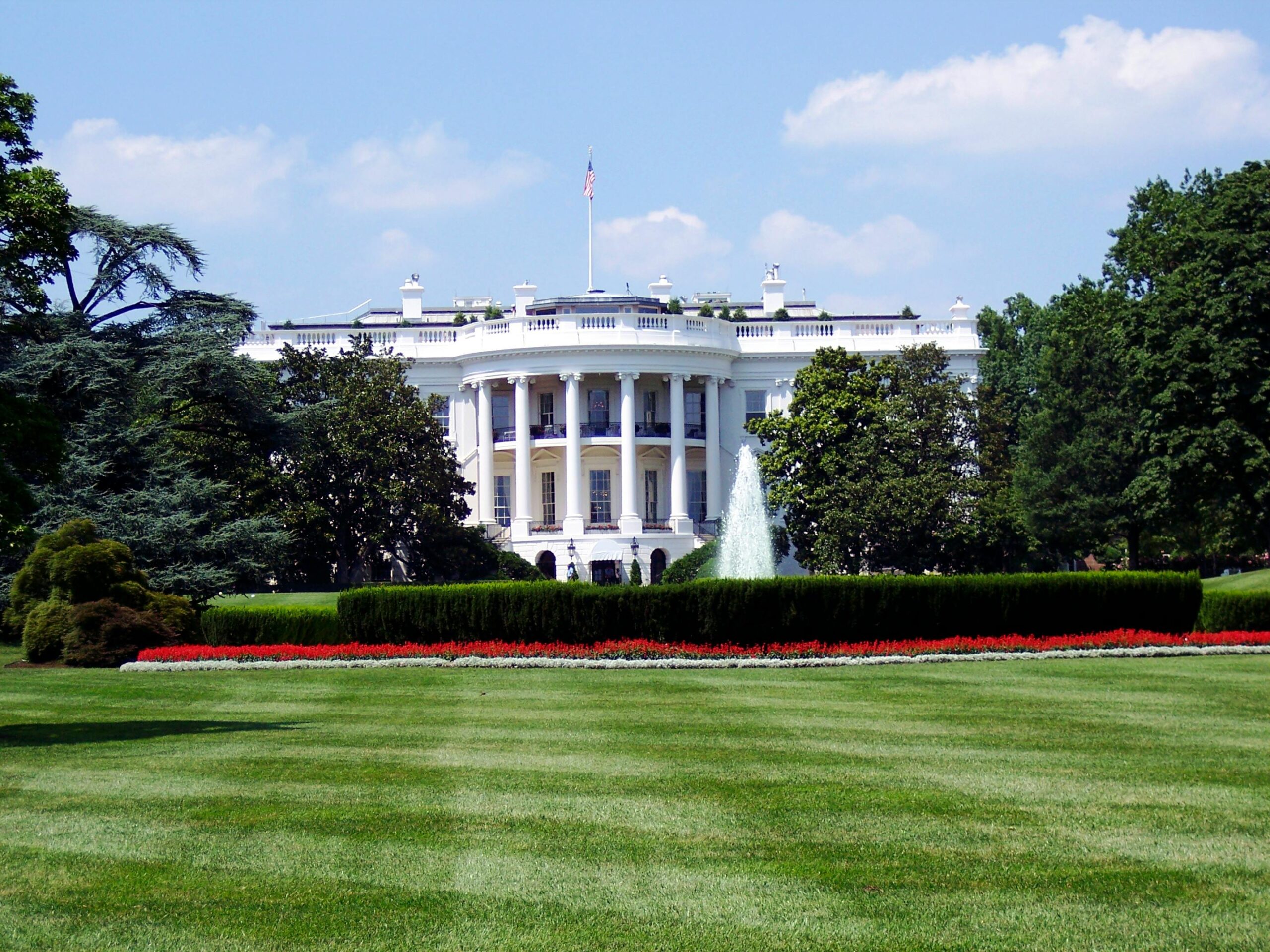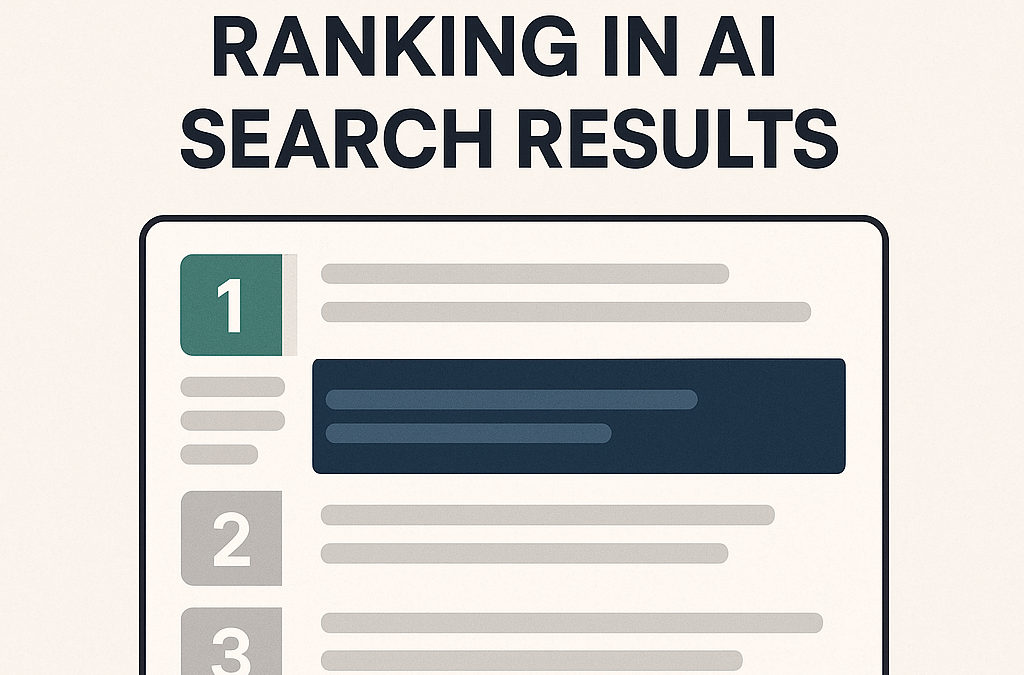Key Points:
- AI Oversight Directive: The White House mandates all federal agencies to appoint Chief Artificial Intelligence (AI) Officers.
- Policy Origin: The directive follows an AI executive order signed by President Biden, aiming to enhance the federal government’s engagement with AI technologies.
- Governance and Accountability: Agencies are required to establish AI governance boards for better coordination and rule-setting regarding AI usage.
- Safety and Rights Protections: Implement “concrete safeguards” for AI applications that could affect Americans’ rights or safety.
- Transparency Measures: Federal agencies must publicly list their AI systems and assess potential risks, updating this information annually.
- Global Leadership Ambition: The initiative seeks to model responsible AI use for international adoption.
Comprehensive Directive Overview
Introduction of Chief AI Officers
The White House, through the Office of Management and Budget (OMB), has issued a directive compelling every federal agency to name Chief AI Officers. This move is part of a broader effort to standardize and manage the federal government’s approach to artificial intelligence. Vice President Kamala Harris emphasized the importance of responsible AI use and the need for experienced leadership to oversee AI technologies within federal entities.
Background and Policy Development
The initiative stems from an AI executive order by President Biden, which underscores the administration’s commitment to keeping pace with technological advancements in AI. The government aims to shift from its traditional bureaucratic operations towards a more agile adoption of cutting-edge technologies.
Implementation of AI Governance Boards
To facilitate structured oversight, federal agencies are required to create AI governance boards. These boards are tasked with coordinating AI usage and establishing agency-specific regulations. Departments such as Defense, Housing and Urban Development, State, and Veterans Affairs are already in compliance, showcasing the administration’s commitment to this policy.
Ensuring Public Safety and Rights
A significant aspect of the policy is the protection of Americans’ rights and safety when AI technologies are deployed. Agencies must institute robust safeguards to prevent adverse impacts from AI applications, such as racially biased diagnostics in healthcare settings.
Transparency and Accountability
The directive also mandates that agencies disclose their AI systems and risk assessments to the public. This requirement aims at fostering transparency and building public trust in government-operated AI systems.
Global Policy Leadership
Vice President Harris has articulated a vision for these policies to set a precedent for responsible AI usage worldwide. The administration views this domestic policy framework as a potential blueprint for international standards in AI governance.
Challenges and Controversies
The initiative addresses some of the controversies surrounding AI, including the misuse of AI technology to create misleading representations of public figures, highlighting the importance of ethical considerations in the deployment of AI technologies.









